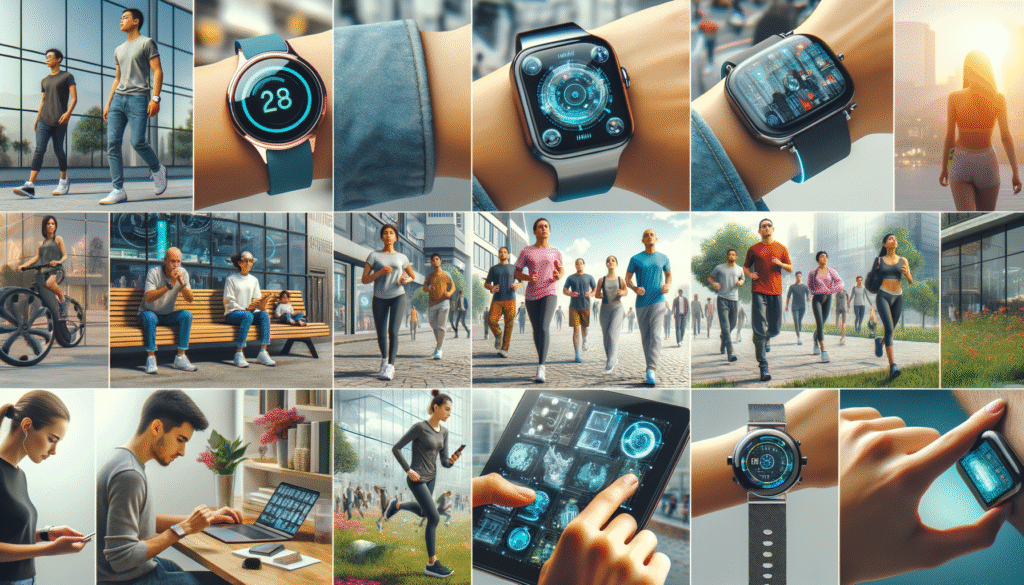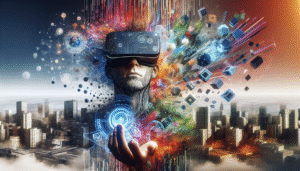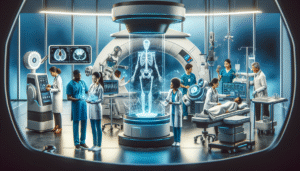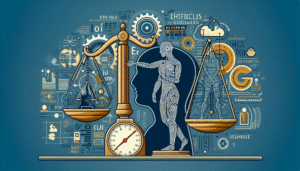
Wearable Technology: The Future of Personal Devices
From Fitness Trackers to Augmented Reality: Exploring the Expanding Landscape
Wearable technology has evolved rapidly from basic pedometers to sophisticated devices integrated into our daily lives. This dynamic field encompasses a wide range of gadgets, from smartwatches and fitness trackers to augmented reality (AR) glasses and virtual reality (VR) headsets. These devices offer unprecedented capabilities, impacting how we interact with the world and manage our health and well-being.
The Current State of Wearables: Beyond the Wrist
While smartwatches and fitness trackers remain popular, the wearable landscape is expanding beyond the wrist. Hearables, like earbuds with advanced biometric sensors and real-time language translation capabilities, are gaining traction. Smart clothing embedded with sensors can monitor vital signs and provide haptic feedback. Even smart rings are emerging, offering discreet notifications and contactless payment options. This diversification signifies a shift towards more specialized and integrated wearable experiences.
Healthcare Revolutionized: Wearables in Medical Monitoring and Diagnostics
Wearable technology is playing an increasingly vital role in healthcare. Continuous glucose monitors (CGMs) are transforming diabetes management, providing real-time glucose readings and alerts. Smartwatches with electrocardiogram (ECG) functionality can detect atrial fibrillation and other heart irregularities. Emerging technologies, like wearable blood pressure monitors and sweat sensors, promise even more comprehensive health monitoring. This real-time data empowers individuals to take proactive control of their health and enables healthcare providers to offer more personalized and preventative care.
Augmented and Virtual Reality: Reshaping Our Perception of Reality
AR and VR technologies are poised to revolutionize how we interact with the digital and physical worlds. AR overlays digital information onto the real world, enhancing our perception and providing contextually relevant data. From navigation assistance and real-time language translation to interactive gaming experiences, AR is transforming everyday activities. VR, on the other hand, creates immersive, computer-generated environments, offering applications in gaming, education, and even therapy.
The Internet of Things (IoT) and the Connected Ecosystem
Wearable technology plays a crucial role in the expanding IoT ecosystem. These devices seamlessly connect to other smart devices, creating a network of interconnected gadgets that share data and automate tasks. From controlling smart home appliances to receiving real-time traffic updates, wearables enhance convenience and efficiency in our daily lives. This interconnectedness is driving the development of smart cities and transforming how we interact with our environment.
Challenges and Opportunities: Navigating the Future of Wearables
While the potential of wearable technology is immense, several challenges remain. Battery life continues to be a limiting factor, especially for power-hungry devices like AR glasses. Data privacy and security are paramount concerns, as wearables collect sensitive personal information. Standardization and interoperability are crucial for seamless integration across different platforms and devices. Furthermore, the ethical implications of using wearables, particularly in areas like workplace monitoring and data collection, need careful consideration.
Addressing the Digital Divide: Ensuring Equitable Access to Technology
As wearable technology becomes more integrated into our lives, ensuring equitable access is essential. The digital divide can exacerbate existing inequalities, limiting access to healthcare, education, and other essential services. Efforts to bridge this gap, such as providing subsidized devices and digital literacy programs, are crucial to ensuring that everyone can benefit from the advancements in wearable technology.
The Future of Work: Enhancing Productivity and Safety
Wearable technology is transforming the workplace, enhancing productivity, and improving safety. AR glasses provide real-time instructions and information to workers, reducing errors and improving efficiency. Wearable sensors can monitor worker fatigue and prevent accidents in hazardous environments. These technologies are streamlining workflows and creating safer and more efficient work environments.
Personalized Experiences: Tailoring Technology to Individual Needs
Wearable technology offers unprecedented opportunities for personalization. Fitness trackers can tailor workout routines based on individual fitness levels and goals. Smartwatches can provide personalized notifications and recommendations based on user preferences and habits. This ability to tailor technology to individual needs is enhancing user experience and creating more meaningful interactions with our devices.
The Evolution of Fashion and Design: Integrating Technology Seamlessly
The design of wearable technology is evolving rapidly, moving beyond purely functional devices to stylish accessories that seamlessly integrate into our wardrobes. Smartwatches are becoming increasingly fashionable, with customizable bands and watch faces. Smart jewelry is blurring the lines between technology and adornment. This focus on aesthetics is driving the adoption of wearables as mainstream fashion items.















